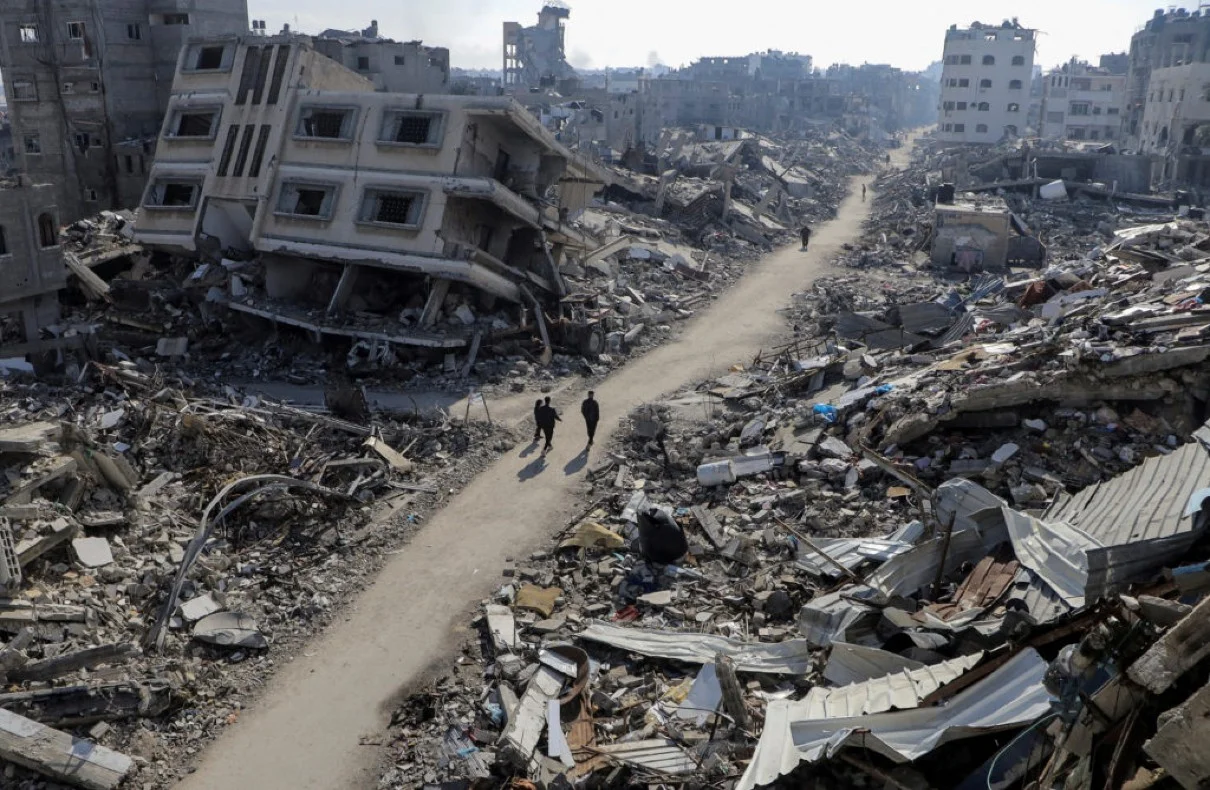In a pivotal development signaling potential breakthroughs in the protracted Israel-Gaza conflict, the militant group Hamas announced on Thursday its decision to send a high-level delegation to Egypt for further cease-fire negotiations. This move comes as international mediators intensify efforts to broker a comprehensive agreement between Israel and Hamas, aimed at ending the devastating seven-month-long war that has ravaged the Gaza Strip.
After months of arduous and intermittent negotiations, the cease-fire talks appear to have reached a critical juncture, with Egyptian and American mediators reporting tangible signs of compromise from both sides in recent days. However, the prospects for a deal remain intrinsically linked to the pivotal question of whether Israel will accept an end to hostilities without achieving its stated objective of dismantling Hamas.
Ismail Haniyeh, the supreme leader of Hamas, underscored the group’s “positive spirit” in considering the cease-fire proposal, stating that the negotiators would travel to Cairo “to complete the ongoing discussions with the aim of working forward for an agreement.” Haniyeh also revealed that he had consulted with the Prime Minister of Qatar, another key mediator in the process.
The urgency for a cease-fire agreement was further highlighted by a sobering United Nations report, which warned that even if the Israel-Hamas war were to cease immediately, it would still take until 2040 to rebuild all the homes destroyed by nearly seven months of relentless Israeli bombardment and ground offensives in Gaza. The report cautioned that the economic impact of the damage would set back development for generations and worsen with every passing month of continued fighting.
According to an Egyptian official privy to the negotiations, the proposal put forth by U.S. and Egyptian mediators outlines a three-stage process that would bring an immediate six-week cease-fire and partial release of Israeli hostages held by Hamas. Subsequent stages would involve negotiations over a “permanent calm,” potentially including some form of Israeli withdrawal from Gaza – a key demand of Hamas in exchange for guarantees of a complete end to hostilities.
However, Hamas officials have sent mixed signals regarding the proposal, with some expressing skepticism over the vague language used to describe the final stages. Osama Hamdan, a senior Hamas official, initially described the group’s position as “negative,” citing concerns that the text does not explicitly specify a complete Israeli pullout from Gaza.
Publicly, Israeli Prime Minister Benjamin Netanyahu has remained steadfast in his stance, vowing not to halt the bombardment and ground operations until Hamas is entirely dismantled. He has also insisted that Israel must maintain a military presence and security control in Gaza even after the war to prevent Hamas from regrouping.
Nonetheless, the brokers remain hopeful that the deal will not only bring an end to a conflict that has claimed more than 34,000 Palestinian lives, according to local health officials, but also avert a potentially devastating Israeli assault on Rafah, where over half of Gaza’s 2.3 million residents have sought shelter after fleeing battle zones elsewhere in the territory.
If Israel agrees to end the war in exchange for a full hostage release, it would mark a significant turnaround from its previously uncompromising stance. Such a development could pave the way for a comprehensive resolution to the conflict, which has inflicted widespread destruction and plunged Gaza into a profound humanitarian crisis.
As the negotiations enter a critical phase, cautious optimism mingles with lingering uncertainties. While progress has been made, the ultimate success of the cease-fire talks hinges on the ability of all parties to bridge the remaining gaps and find common ground on the contentious issues that have fueled this protracted and devastating conflict.
